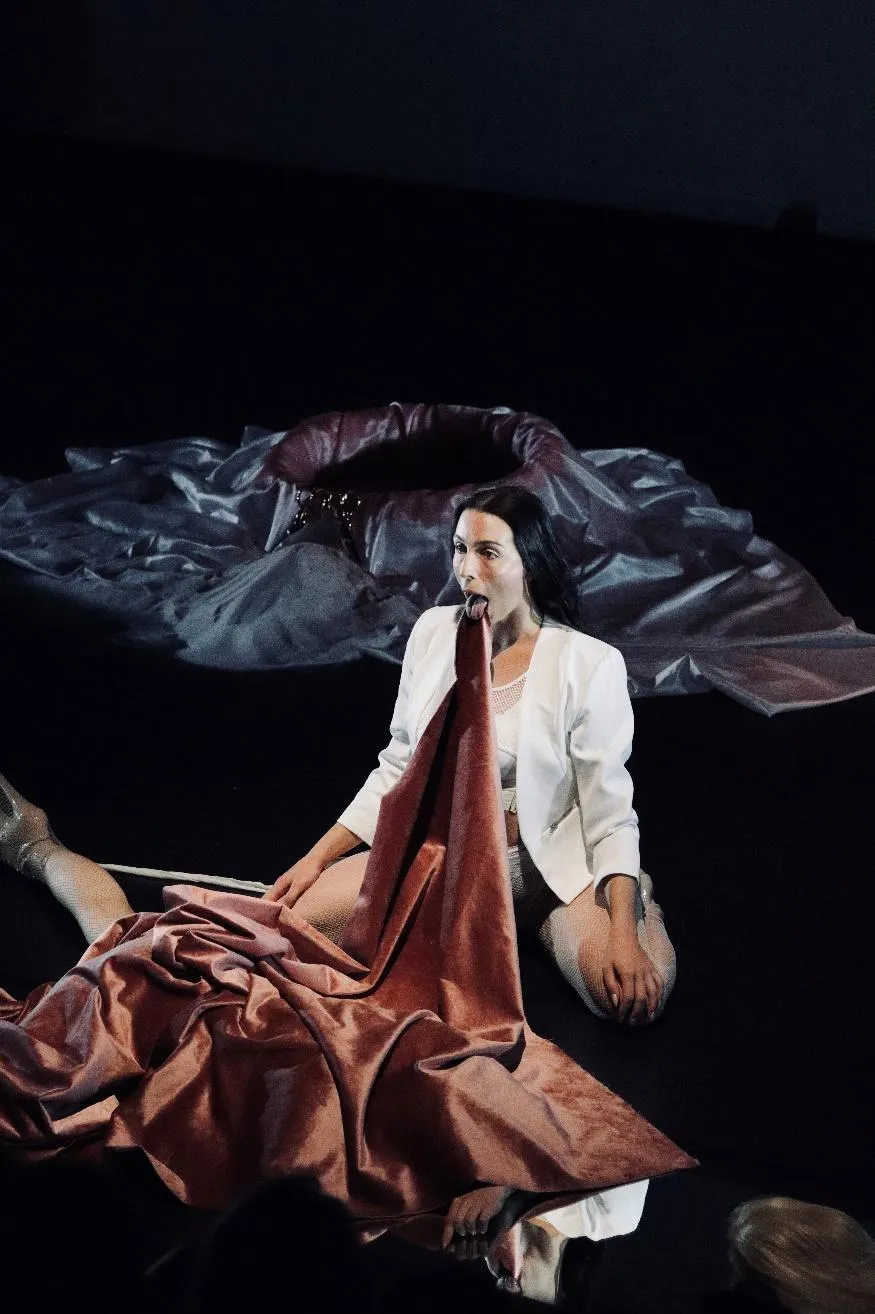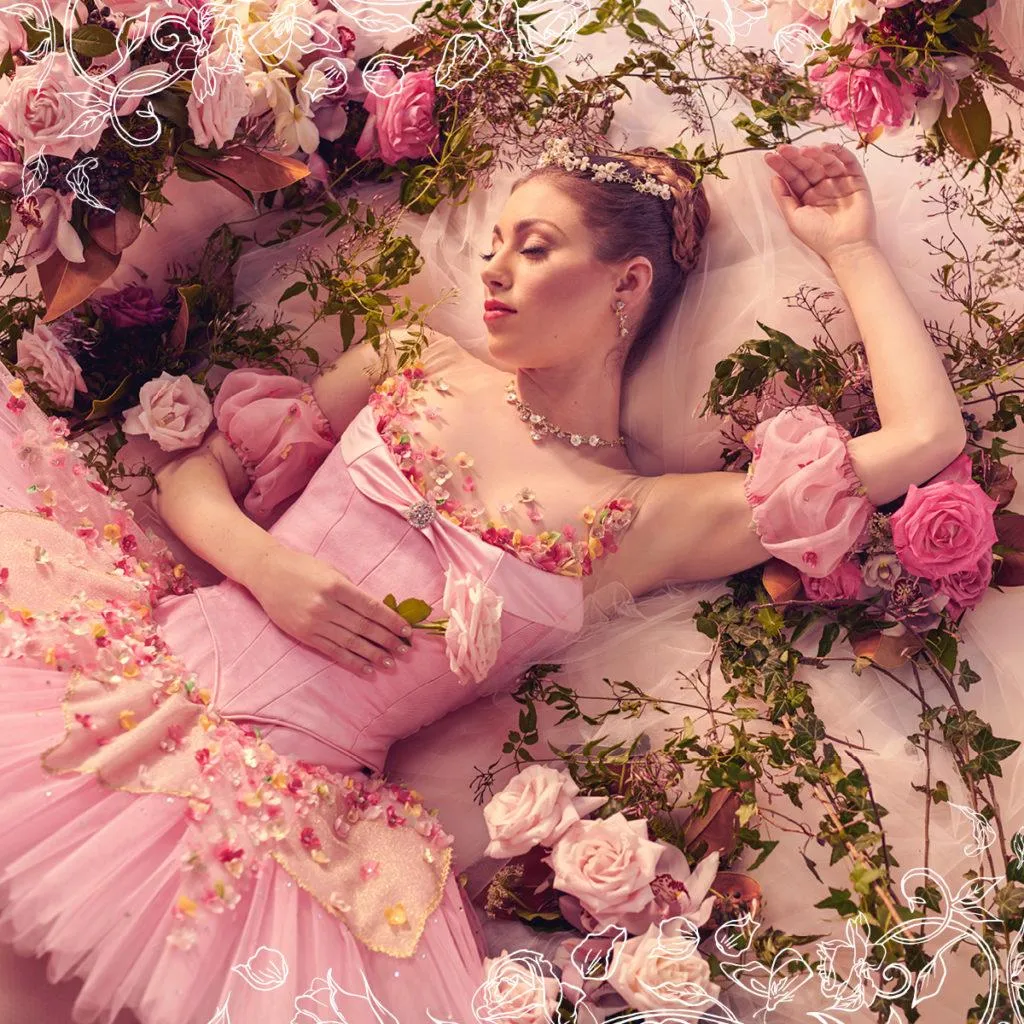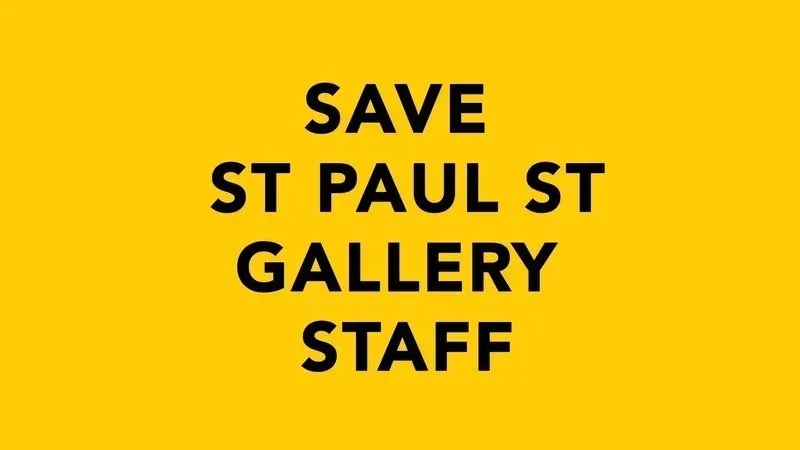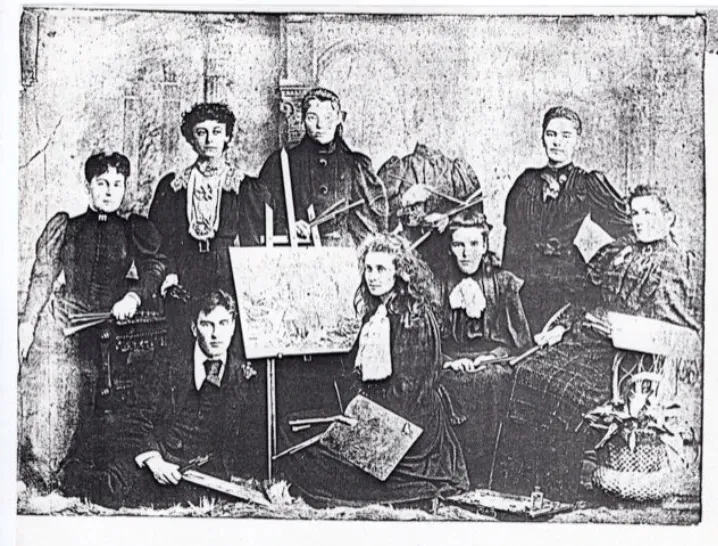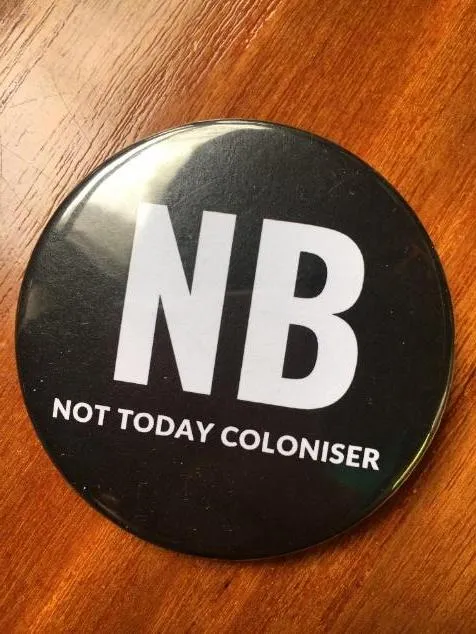Endings, Beginnings and Nudity
Written by
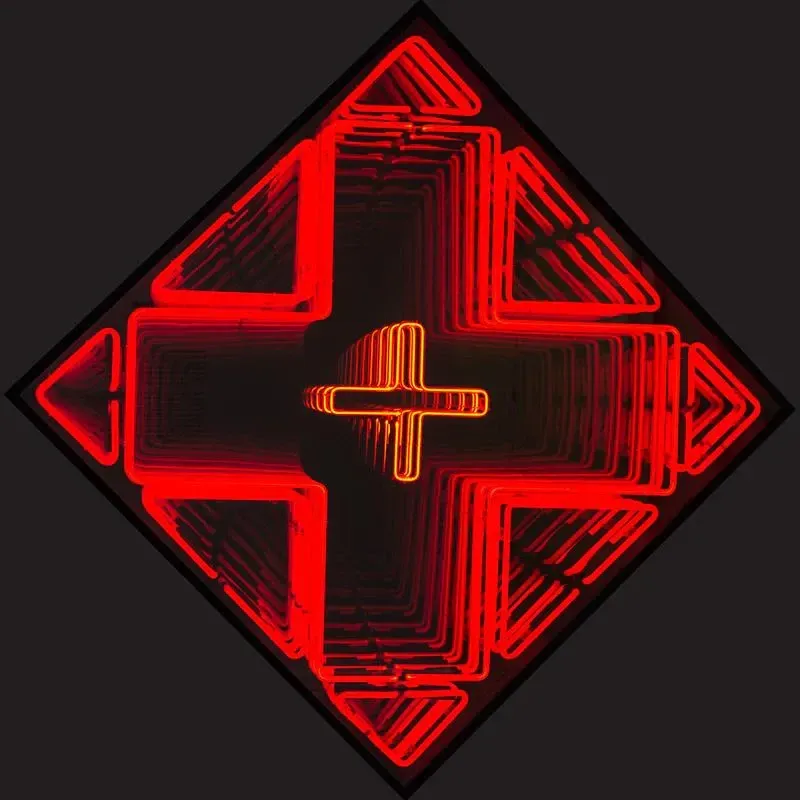
A true taonga
On Saturday 5 December, Toi Tū Toi Ora opened at Auckland Art Gallery Toi o Tāmaki. Curated by Nigel Borrell (Pirirākau, Ngāi Te Rangi, Ngāti Ranginui, Te Whakatōhea), it is the largest survey of contemporary Māori art ever undertaken, and the largest exhibition ever to be staged in the 132-year history of the gallery.
With every level and room full of Māori stories addressing Māori knowledge and place in the most ambitious way, this exhibition is vast, uncompromising and simply epic.
Spanning seven decades with works by 111 artists, the exhibition is activated in its scale as it is by its name - standing tall – toi tū – and healthy – toi ora - attuned to today’s world and aspirations.
This show, more than any other, is a testament to the embedded lived experience declaring that Māori have never or ever will be left out of the monumental shifts, and a proof to the major coordinates that will lead us to the greater accountability of Te Tiriti o Waitangi.
Brilliantly framed by the complexity of the multi-layered Māori creation story, the art is activated and united, as are the artists across their generations, time and practice. The overall success and magnitude of the show is owed to the strength of the non-linear curatorial direction feeding into the contemporary and the reality of whakapapa, built around artworks and narratives of the living.
There are over 300 works presented that are clearly shaped by technology and materiality of their time spanning from sculpture, painting, jewellery, photography, printmaking, clay-making, body adornment, digital media, film and installation art, all stunningly captured and shot on an iPhone by filmmaker Chelsea Winstanley and narrated by Taika Waititi.
The show begins in the realm of Te Kore/Te Pō, in the eternal and long darkness that truly reveals that nothing is not just one thing, moving into Te Ao Mārama the coming of light and unveiling stories of past, present and future cyclically connected in Te Ao Māori. Borell’s interview on RNZ is worth a listen.
It’s exciting to bear witness to the magnitude of celebration that Toi Tū Toi Ora is about to bring into our hearts as a gift for so many over the coming months, and no doubt many years and generations to come.
A gift for so many over the coming months, and no doubt many years and generations to come.
This was particularly felt on the opening night as artists, friends, allies and accomplices showed up adorned with badges bearing the initials NB of the exhibition visionary Nigel Borell, underlined with words ‘not today coloniser’. The badge is a symbol of Borell’s curatorial activism, that truly reveals the incongruences and tensions within institutions and the intimidation that is exerted by progressives that come with initiatives that endanger them.
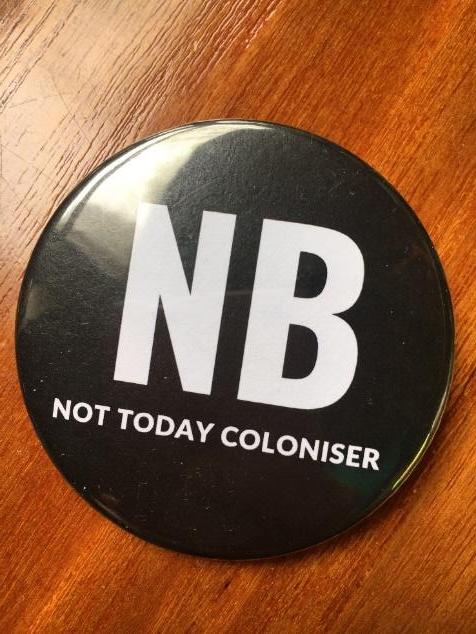
NB – NOT TODAY COLONISER badge.
Sometimes with something as monumental as this show, comes difficulty of being critical. Leonie Hayden captured this complexity perfectly in her latest piece on The Spinoff. Much of what was planned this year was cancelled or postponed, or in the case of Toi Tū Toi Ora, expanded into so much more, with newly commissioned works of unprecedented scale and beyond the footprint as satellite exhibition in the Britomart precinct.
As we enjoy this gift, let us be reminded of the most important question - ‘he aha te mea nui o te ao?’ What is the most important thing in this world? ‘Māku e kī atu, he tangata, he tangata, he tangata’ It is people, it is people, it is people.
So many are part of this legacy and this story…
Govett-Brewster's newest booster

Dr Zara Stanhope. Photo: Supplied.
We welcome back Zara Stanhope to our shores as the recently announced Director of the Govett-Brewster Art Gallery/Len Lye Centre in New Plymouth. Dr Stanhope has curated more than 50 exhibitions including New Zealand's presence at the 58th Venice Biennale in 2019.
She joins the team from 1 March next year and brings close to 30 years of leadership and experience to this role.
Dance is dynamite
In its second year, Experimental Dance Week Aotearoa, curated and founded by Alexa Wilson was riding a global pandemic in a time where live performance was either postponed or put online. Integrating elements of dance, performance art, theatre, installation, relationality and film, 18 artists shared some of the most innovative live performances you will see in this country. Here is Wilson being interviewed on RNZ.
Together in a time of social distancing which created inspiration for audiences around the possibilities for dance, the work engaged with contemporary themes in some of the most imaginative, passionate and powerful ways - being the body in expression during a global pandemic. All works contained nudity.
Two sold-out shows with standing ovations over the weekend - Kyah Dove's To Cut a Mermaid's Tongue and Jessie McCall's Daybreak Estate - showed that there is an interest in the forefront of performance and dance in NZ, contrary to popular belief.
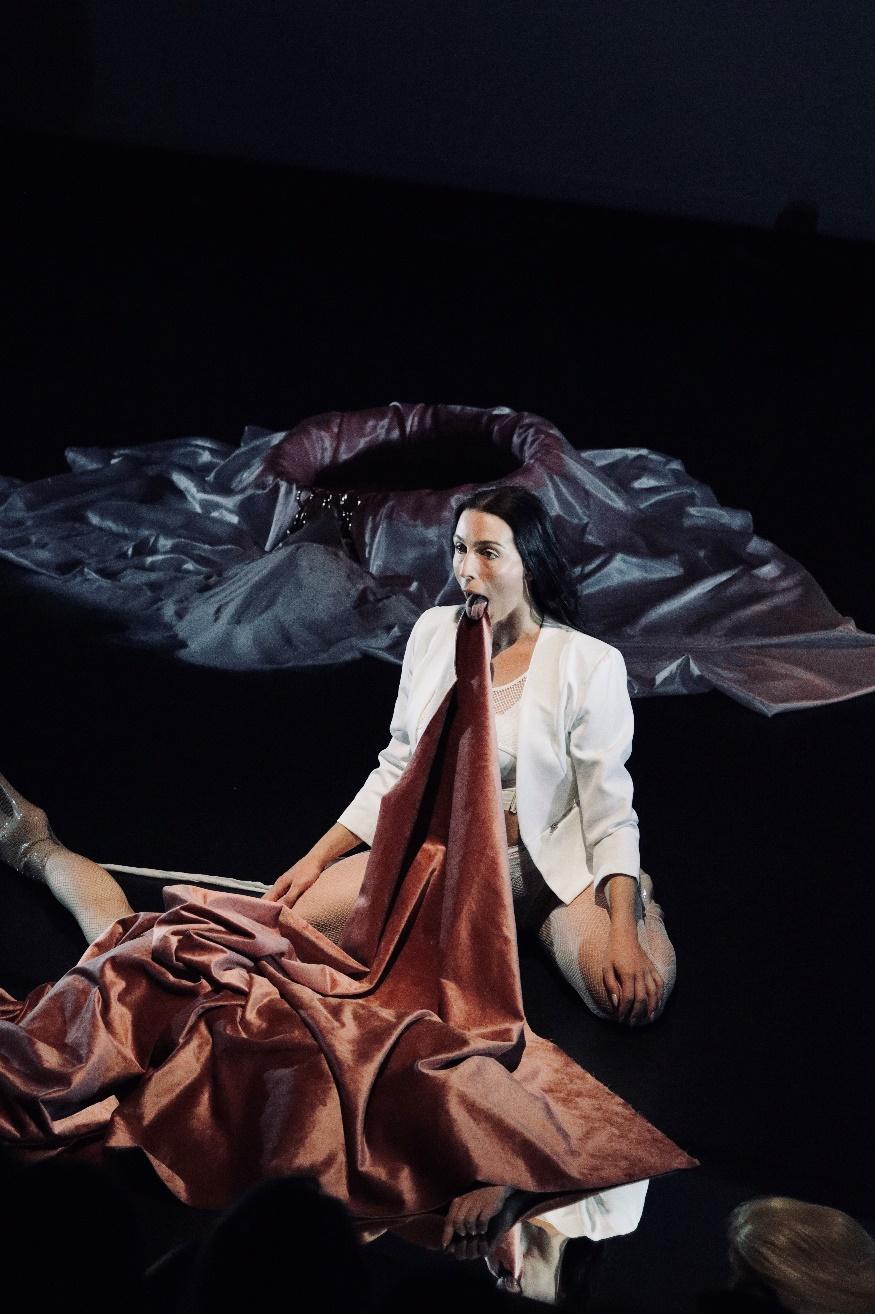
Kyah Dove, To Cut a Mermaid's Tongue. Photo: Courtney Rodgers.
Probably the most experimental and contrasting scene for this festival would have been back on stage that was shared with the Royal NZ Ballet as they performed their Auckland premiere of Sleeping Beauty at Kiri Te Kanawa theatre.
Although there are many things wrong with the classic fairy-tale in the context of 2020, there is nothing wrong with being transported back to your childhood. The Sleeping Beauty is where Aurora looks like the ballerina on the music box you used to have, and her teen party is interrupted by the most alluring and wicked gate-crasher Carabosse. There is also the matter of the famous kiss and the retro fantasy of Prince Charming whose role is to release Aurora from the wicked spell. This is a heritage production that highlights the whole Royal New Zealand Ballet company and the talent within.
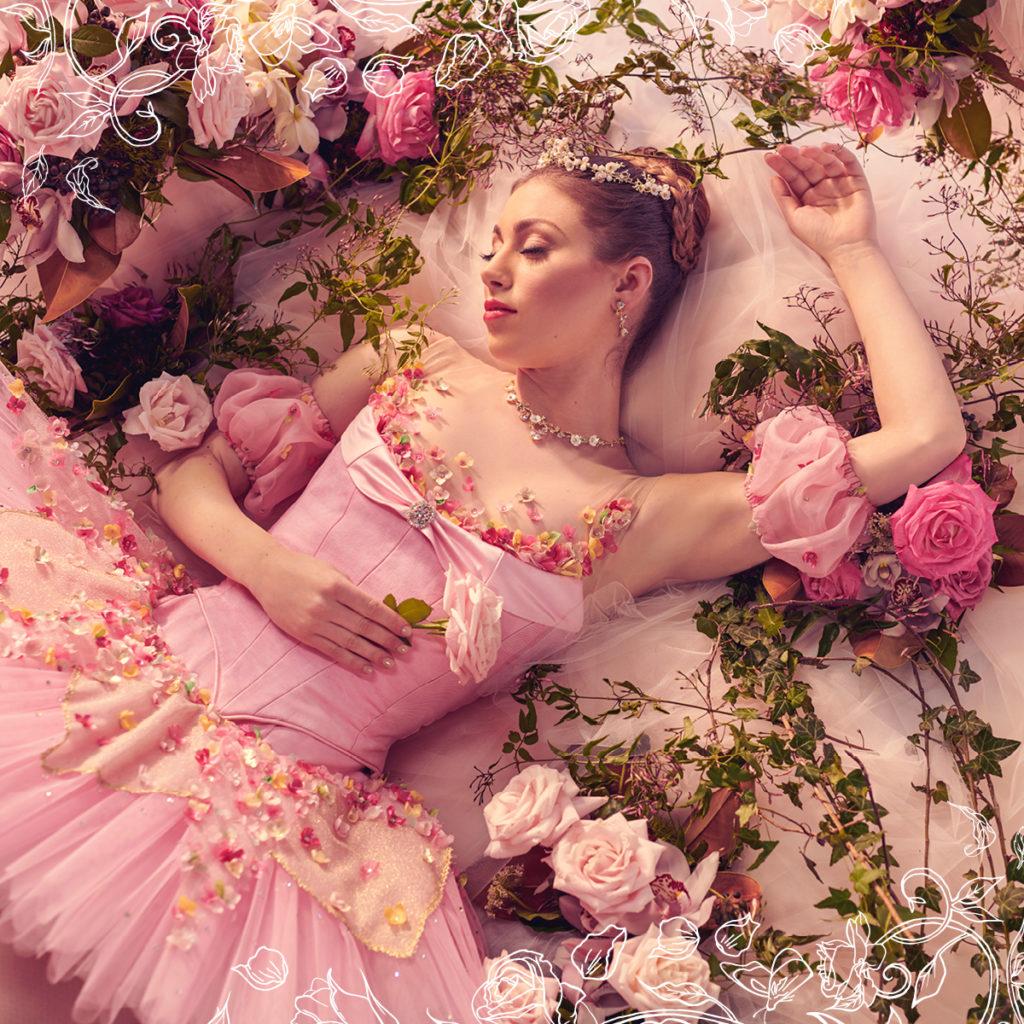
RNZB Soloist Kate Kadow as Princess Aurora. Photo: Ross Brown.
Headlines that won't go away
More controversy unravels as AUT University announced the proposed disestablishment of St Paul Street Gallery as we know it. The university change proposal document would make all staff at the gallery redundant, replacing the roles of Gallery Director, Gallery Assistant, Curatorial Assistant, and Technician with a secondment from the academic staff, and a new Project Assistant role. The rationale that the proposed changes will enable the gallery to be integrated into the school’s student and research-driven activities and curricula while being led by the School’s academic staff in order to cut cost.
St Paul Street Gallery has become well-known through their values-driven exhibition-making, programming, publication and annual curatorial symposia where they have always interrogated proposition that the arts have a particular capacity to speak critically about society. Arts Makers Aotearoa started a petition to Save ST Paul St Gallery staff which has already reached over 1000 signatories.
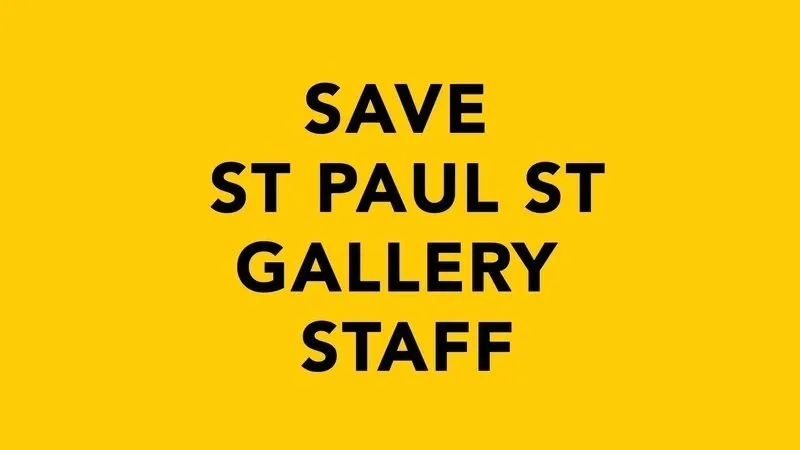
Petition image.
Their last exhibition Speaking Surfaces closed last Friday 4 December.
A continuation of the hot mess that lingers swirling around Mercy Pictures exhibition doesn’t seem to be ending any time soon. Mark Amery wrote about in the Lowdown earlier last month and this week Sarah Hopkinson offers another attempt towards understanding and moving forward. - “I can condemn this exhibition as insensitive at best, rotten at worst, and also not want to see the individuals responsible for it destroyed.”
mothermother knows best
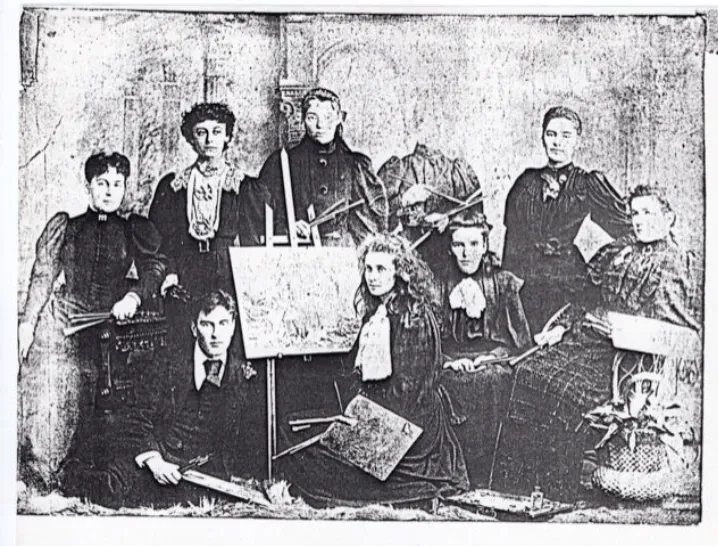
Image - Elam Art Students circa 1897. Louise Laurent is standing second from left. Image courtesy of the artist.
We finish this week’s Lowdown with an aspirational, iterative, artist-led initiative, mothermother.
The project is provocative and radically framed by curatorial activism. It is a platform hijacked by the artists themselves, away from curatorial matching and interpretations.
It is curiously seeking alternative modes for art and artists to embrace each other in the impossible entanglements of female identity and the safety of the collective.
As the careful workwomanship unfolds through the embroideries of these entanglements, so do the bloodlines of the next iteration of mothermother extend as if born out of Papatūānuku herself and the earth feminine of the unconscious world.
The concept/conception of mothermother is with artists segueing from one iteration into the next and categorised as a cycle. There is no narrative per se but there is an established kaupapa that is rooted in the sisterhood of the familiar, a place where everyone is a mentor and a learner.
On Sunday, they held the opening for their last iteration of the year featuring Yukari Kaihori and Stella Brennan. Kaihori’s new work ‘庭, niwa, garden’ was developed from the writing and art work she contributed for the upcoming femisphere issue 4, while Brennan’s new work Dear Louise started with a question about an old painting hanging in her uncle’s house, leading to the discovery of her great aunt Louise Laurent’s life as an artist in Auckland in the 1890s. She describes it as a social studies project.
mothermother plans to join Parasite, Satchi & Satchi and Satchi, Wet Green, RM Gallery as artist-run spaces at the upcoming 2021 Auckland Art Fair.
